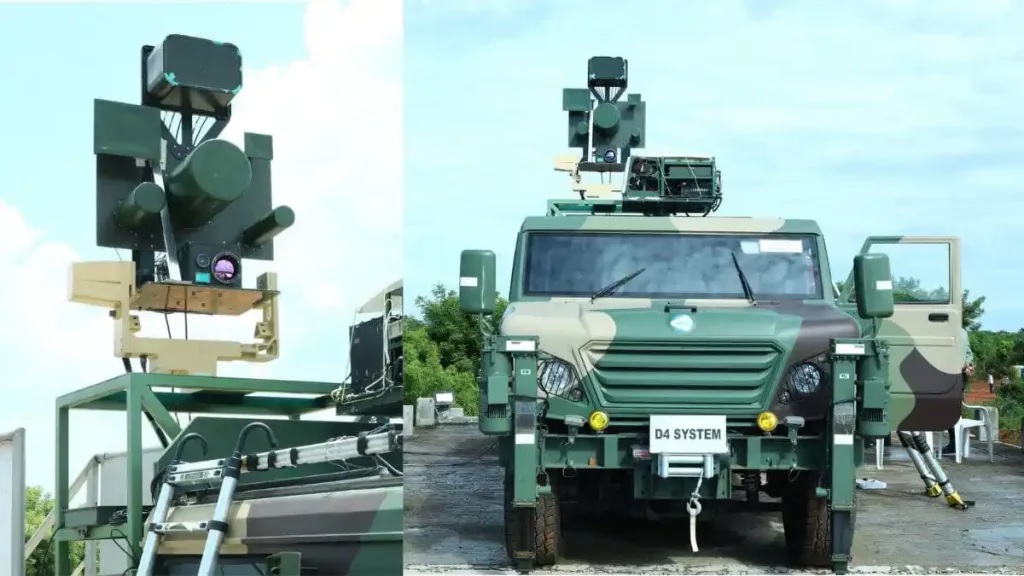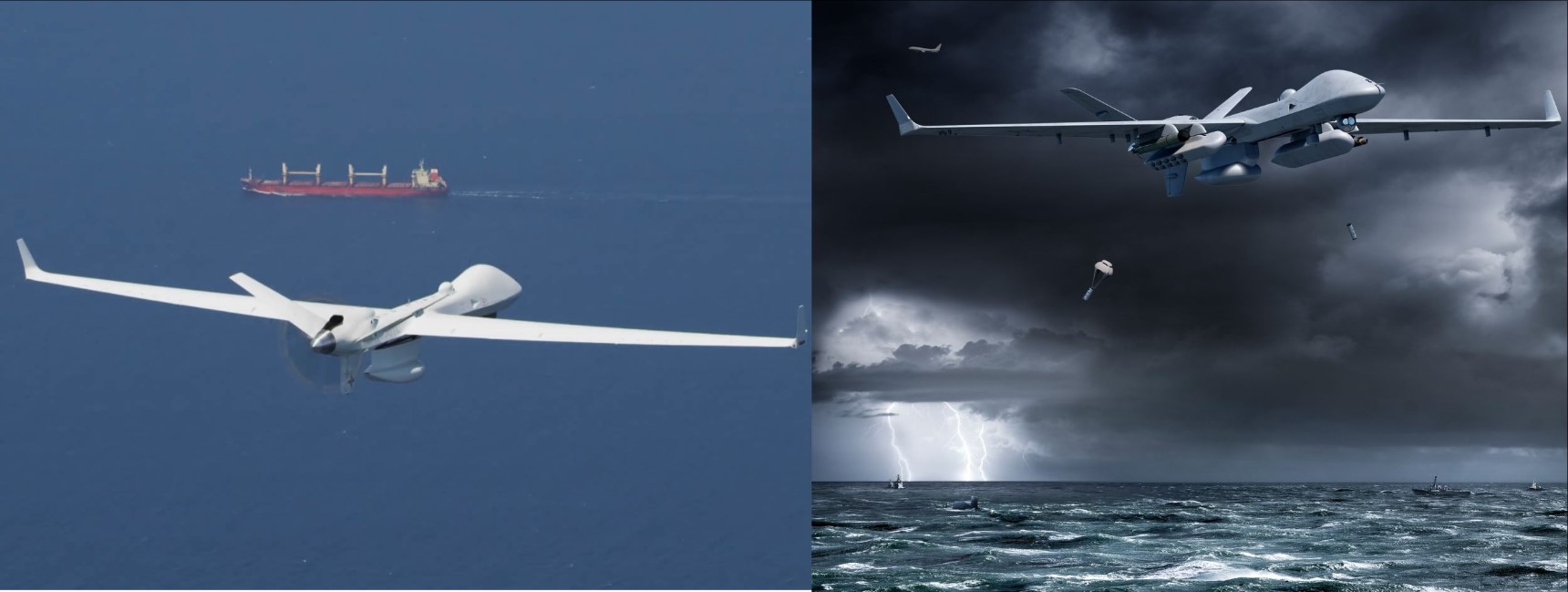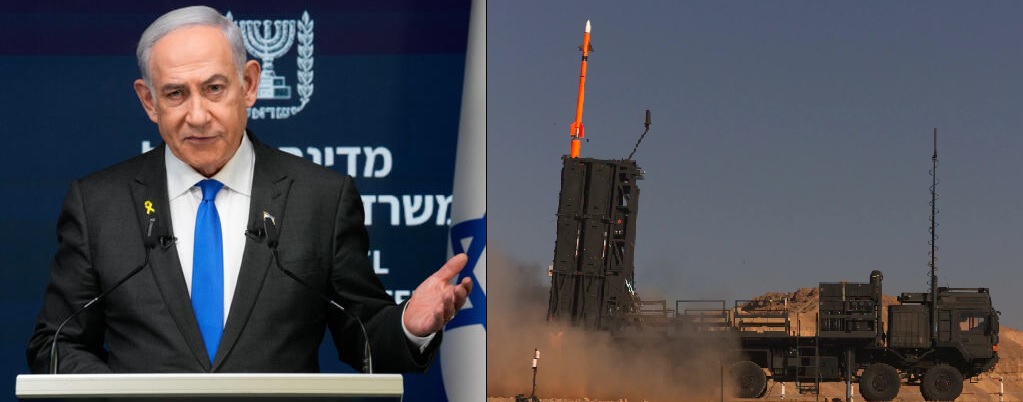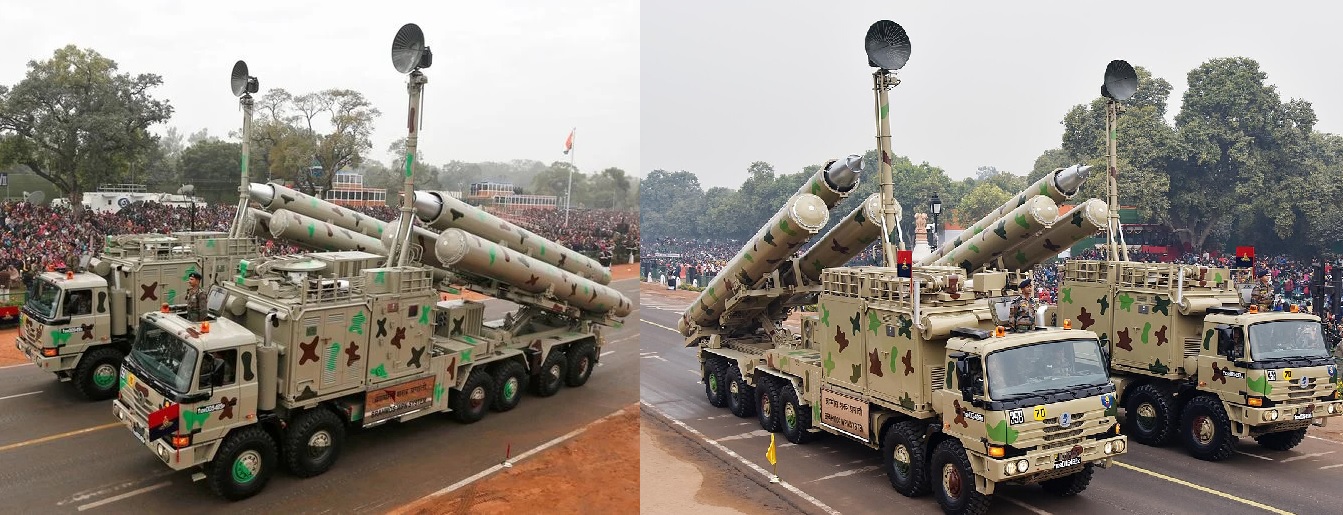DRDO to Deploy Indigenous D4 System for City Protection Against Rogue Drones

In response to the rising threat of rogue drones, the Defence Research and Development Organisation (DRDO) is set to deploy its indigenous D4 (Drone Detect, Deter, Destroy) system across major urban centers and critical installations. This cutting-edge counter-drone system is designed to safeguard cities, military bases, and strategic locations from potential drone-based attacks, which have become an increasing concern in modern warfare and security operations.
How the D4 System Works
The D4 system leverages a sophisticated multi-sensor approach to detect and neutralize aerial threats. It combines radar, radio-frequency (RF) detectors, and electro-optical/infrared (EO/IR) sensors to identify drones from up to 4 km away. What sets it apart is its AI-powered threat classification, which can distinguish between friendly and hostile drones with remarkable accuracy.
For neutralization, the system employs RF and GNSS jamming techniques to disrupt the communication signals of micro-drones, rendering them ineffective. Additionally, a laser-based destruction mechanism ensures that enemy drones can be eliminated within a range of 150 meters to 3 km, making it a versatile solution for both close-range and extended-range threats.
Advanced Features and Upgrades
The D4 system has already demonstrated its effectiveness in operational deployments and continues to evolve with newer technologies. DRDO scientists are working on an enhanced version (D4 MK-1A) with improved capabilities to tackle larger drones and swarm attacks.
Some of the planned advancements include:
- Non-Rotating Array Radars: Enabling better coverage with faster target acquisition.
- AI/ML-Based Target Identification: Enhancing precision in recognizing drone types and threats.
- Wider Spectrum Jamming: Covering an extended frequency range to counter sophisticated drone operations.
- Protocol Analyzer-Based Drone Locator: Identifying drone origins by analyzing their communication protocols.
This upgraded version will be compact, modular, and scalable, making it adaptable to different terrains, from urban settings to remote military outposts.
Deployment and Future Prospects
The D4 system has already been ordered by all three branches of the Indian Armed Forces, with 25 units currently in various stages of deployment. The Indian Navy and Air Force have already received their systems, while deliveries for the Indian Army are underway. Additionally, agencies under the Ministry of Home Affairs (MHA) have completed evaluations, and DRDO is expecting further orders soon.
This project is unique in that it has been spearheaded by a select team of 15 DRDO scientists and 15 technical experts from multiple DRDO labs in Bangalore, Hyderabad, and Dehradun. More than 50 Indian industries, MSMEs, and PSUs have contributed to its development, with Bharat Electronics Limited (BEL) playing a key role in manufacturing and delivering the systems to the armed forces.
Strengthening National Security
Already deployed at critical locations such as ammunition depots, airbases, communication hubs, and border posts, the D4 system is a crucial addition to India’s security infrastructure. Along the Line of Actual Control (LAC) with China, similar counter-drone systems have been deployed with extended detection ranges of up to 8 km, reinforcing India’s defensive posture against aerial threats.
Future deployments in urban environments will integrate 5G jamming capabilities and advanced AI-driven analytics, making the system even more effective in detecting unauthorized drone activity in densely populated areas.
The D4 anti-drone system is a testament to India's growing self-reliance in defence technology under the “Atmanirbhar Bharat” initiative. With its ability to rapidly detect, classify, and neutralize aerial threats, the system strengthens national security against modern drone warfare and asymmetric threats posed by terrorist groups and hostile forces. As India continues to refine and enhance this technology, the D4 system is set to become a global benchmark in counter-drone warfare.
✍️ This article is written by the team of The Defense News.






